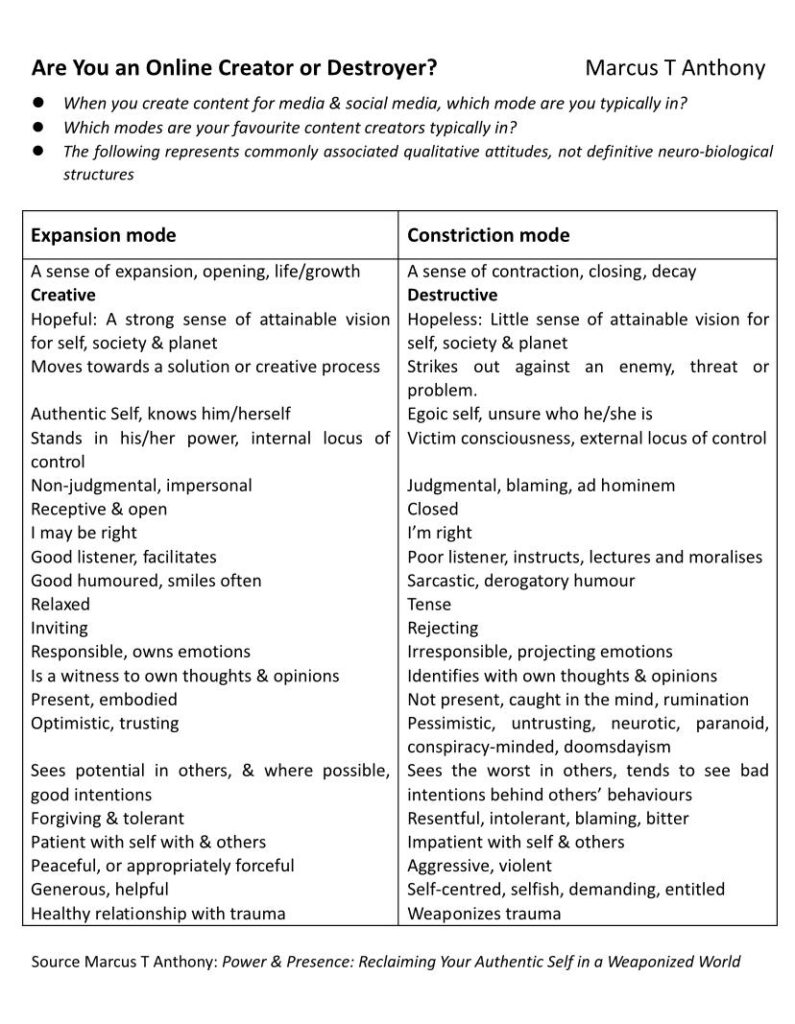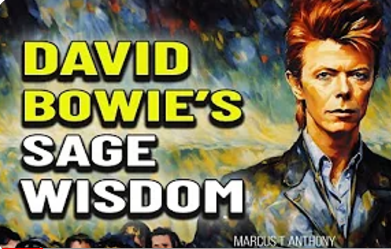
By its nature, social media permits a rapid creation/publication process. It enables an almost immediate communication of thoughts and ideas, and the tendency is to hit the enter button without achieving sufficient distance from the contents one is about to publish. This makes the internet significantly different from most publication and communication of bygone eras. It was not that long ago that written publication was predominantly in the hands of professional writers and researchers. There was a long delay, and typically much editing done, before text was sent for formal publication, to be read by others. There was thus much greater time to reflect on the contents of the written and recorded word and image. There was time for second thoughts, and for strong emotions to settle. Conversely, much of what appears on Facebook, Twitter and Instagram today effectively goes straight from the writer’s head to the computer page. Or straight from the amygdala of the writer to the amygdala of the reader, without passing through the frontal lobes of either (to misquote an old professor of mine regarding university lectures).
There is thus an aspect of social media that has intrigued me for several years. This is the tone of much of the content. There remains a great deal of it that is very negative, that is whining, angry or overtly hostile. Let me make it clear that I am not talking about the actual topics being discussed, nor whether specific topics rightfully warrant anger and indignation. What I am talking about is a persistent, habitual attitude of small-minded negativity. For me, it’s important not to develop this kind of mindset. It isn’t good for me or anybody reading or watching my content. And I don’t think it’s good for those consistently engaging in such online environments, whether as creators or as consumers.
Over time I have come to the conclusion that we need a framework and a simple descriptive language to identify and discuss this problem. This is why I came up with the following dichotomy: expansive mode online content versus constrictive mode online content. The most salient distinction is that expansion mode is generally constructive, creative and perhaps uplifting. It grants a sense of expansion of the spirit, as if our boundaries are shifting outward and upward. The constriction mode of expression, conversely, is depressive, fearful, angry. In its essence it is mean-spirited.
The motivation for me in developing this simple distinction is to be able to easily identify when my mindset is falling into bad online habits; and secondly to assist other individuals and online communities to do the same. My goal is now to work in expansive mode as much as possible, and reduce time spent in constrictive mode, both as creator and consumer.
In the table below, I highlight the typical characteristics of these two modes. Do you think social media, and our experience on it, would be improved by applying these two steps: creating and consuming predominantly expansive content, while avoiding unnecessary constrictive material? Please share your thoughts.







